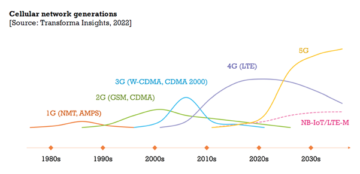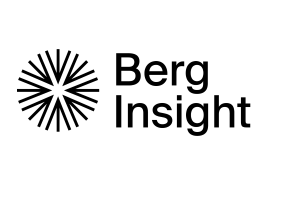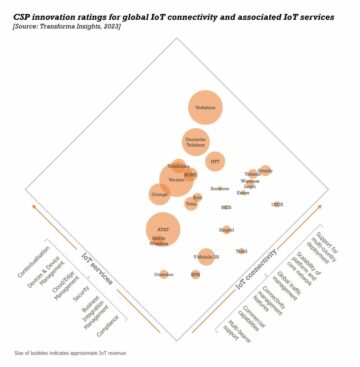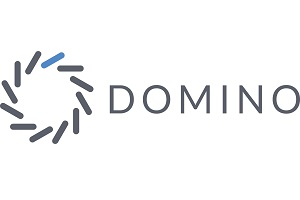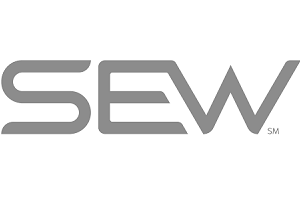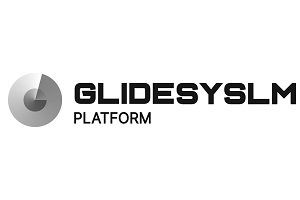The smart home industry has been growing rapidly in recent years, with the North American market leading the way. Even so, whilst this sector has seen a starburst of innovation, in a relatively short period of time, the demand for more new smart home devices and solutions is increasing.
Currently, there are seven primary categories of smart home technology: security and access control systems; energy management and climate control systems; audio-visual and entertainment systems; lighting and window control systems; healthcare and assisted living systems; home appliances; and service robotics. This will only expand as environment conscious products such as heat pumps, water heaters, emission tracking and rainwater harvesting, amongst numerous others, start to gain traction.
Companies that are already in the smart home industry across different sectors, such as Nest, Honeywell, Ecobee, Amazon, Google, Sonos and Bose, are poised to take advantage and capitalise on the growing demand for connected home technology, by developing and bringing new smart home products and solutions to the market.
Some of the front-runner products in the next-gen smart home technology race, are:
Voice-activated assistants
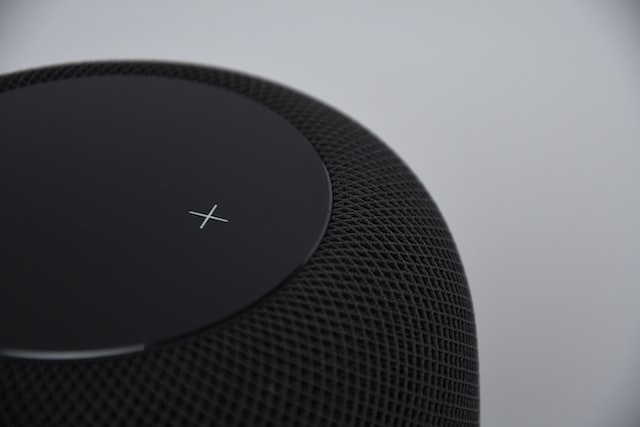

Voice assistants like Amazon’s Alexa and Google Assistant have become increasingly popular in recent years and this technology is expected to gain greater ubiquity in the near future. These assistants can control an increasing range of smart home devices, such as lighting, entertainment systems and even irrigation, and offer a hands-free and intuitive way for consumers to interact with their homes while both on-site and off.
Smart home security
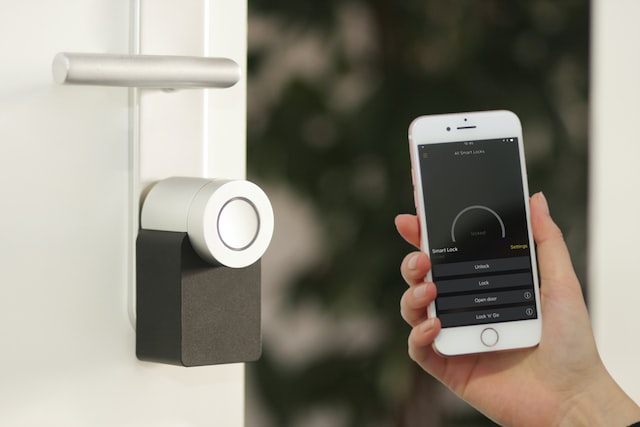

Security has been and continues to be a growing concern for many homeowners, worldwide. There is a clear and pressing need for companies to develop smart security systems that offer features like facial recognition, motion detection and automatic door locks, among other intuitive features.
Health and wellness monitoring
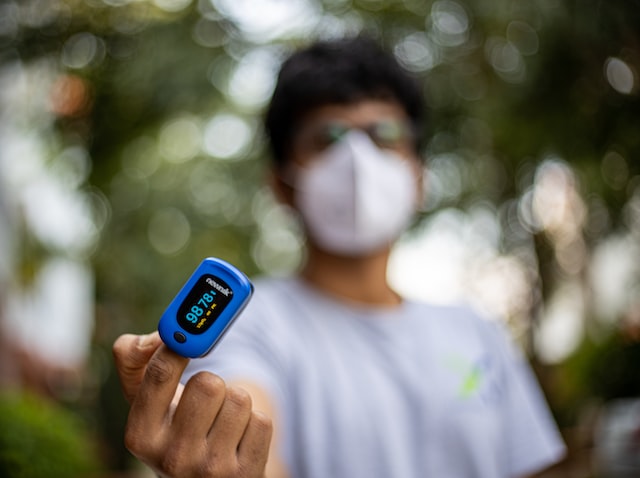

With the rise of wearable technology, it makes sense for smart home solutions to offer more ambient, integrated health and wellness monitoring, such as tracking sleep patterns, monitoring air quality, and detecting smoke, pollution and carbon monoxide levels more intelligently.
Energy management


Energy management solutions, like smart air conditioners and thermostats, can help consumers save money on their energy bills and reduce their carbon footprint. Energy management solutions that can already offer features like home temperature control and energy scheduling are likely to develop in to much more sophisticated areas of cost and energy usage management, in response to sky-rocketing demand over the last 12 months.
Home automation
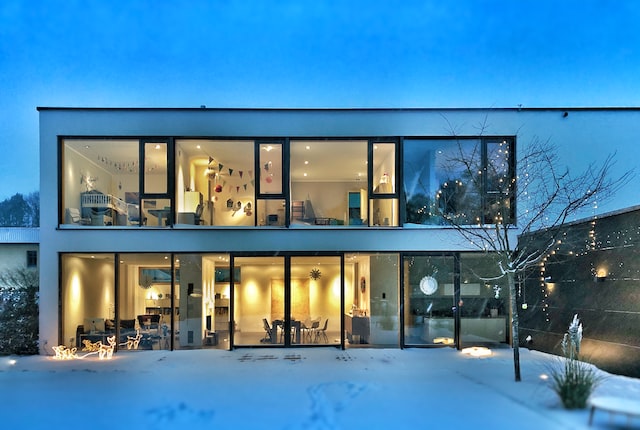

Bringing many of these smart home features together, home automation solutions allow consumers to control multiple smart devices with a single app or voice command. Companies will inevitably develop automation solutions that offer the customisation and flexibility to create and command a whole-home connected ecosystem, suited to the home-owners’ specific needs and preferences.
In addition to these emerging technologies and solutions, companies can also consider the following ways of bringing new smart home products to the market:
- Identify gaps in the market: Often consumer demand is a key indicator of what is missing in the market, with homeowners requiring more from the smart home solution shelf than is already on offer.
- Customisation and personalisation: The development of products and solutions that allow users to set their preferences and create ‘tailor-made’ experiences.
- Focus on the user experience: Smart home solutions should be easy to use and intuitive for consumers. In an app-driven world, simple but powerful is what the market expects.
Despite the impact of COVID-19, the global smart home market shows no sign of slowing. Strategy Analytics forecasted that it will continue to grow aggressively to $173 billion (€146.34 billion) in 2025 when nearly 20% of all households globally will have at least one smart home product in use, up from 15% by the end of 2021. So, who will be the real winners?
There can be no doubt that the combination of consumer demand and talented product designers will see a wealth of innovative and exciting smart home systems, flooding in to the market over the next few years. Arguably though, those who understand the need for inbuilt system monitoring and support, may emerge on top. It is just a theory but those developers who recognise that smart home solutions will require ongoing maintenance and support via real-time monitoring and proactive fault resolution, could potentially win the race to market dominance.
- SEO Powered Content & PR Distribution. Get Amplified Today.
- Platoblockchain. Web3 Metaverse Intelligence. Knowledge Amplified. Access Here.
- Source: https://www.iot-now.com/2023/02/20/127971-home-3-0-emerging-smart-home-solutions-for-connected-world/
- 1
- 12 months
- 15%
- 2021
- a
- access
- across
- addition
- ADvantage
- AIR
- Alexa
- All
- already
- Amazon
- Ambient
- American
- among
- amongst
- analytics
- and
- app
- appliances
- areas
- Assistant
- assistants
- Automatic
- Automation
- become
- Billion
- Bills
- Bringing
- carbon
- carbon footprint
- Carbon monoxide
- categories
- clear
- Climate
- combination
- Companies
- Concern
- connected
- conscious
- Consider
- consumer
- Consumers
- continue
- continues
- control
- Cost
- could
- COVID-19
- create
- Demand
- designers
- Detection
- develop
- developers
- developing
- Development
- device
- Devices
- different
- Dominance
- Door
- doubt
- ecosystem
- emerging
- emission
- energy
- Entertainment
- Environment
- Even
- exciting
- Expand
- expected
- expects
- experience
- Experiences
- facial
- facial recognition
- Features
- few
- Flexibility
- following
- Footprint
- For Consumers
- from
- future
- Gain
- Global
- Globally
- greater
- Growing
- Harvesting
- Health
- healthcare
- help
- holding
- Home
- Home Automation
- Homes
- Honeywell
- House
- households
- HTTPS
- Impact
- in
- increasing
- increasingly
- Indicator
- industry
- inevitably
- Innovation
- innovative
- integrated
- interact
- intuitive
- IT
- Key
- Last
- leading
- levels
- Lighting
- likely
- living
- Locks
- maintenance
- MAKES
- man
- management
- many
- Market
- Market Dominance
- max-width
- missing
- Modern
- money
- monitoring
- months
- more
- motion
- multiple
- Near
- nearly
- nearly 20%
- Need
- needs
- Nest
- New
- next
- numerous
- offer
- ONE
- ongoing
- Other
- Others
- patterns
- period
- plato
- Plato Data Intelligence
- PlatoData
- Pollution
- Popular
- potentially
- powerful
- preferences
- primary
- Proactive
- Product
- Products
- pulse
- pumps
- quality
- Race
- rapidly
- real
- real-time
- recent
- recognise
- recognition
- reduce
- relatively
- require
- Resolution
- response
- Rise
- robotics
- Save
- sector
- Sectors
- security
- sense
- service
- set
- seven
- Shelf
- Short
- should
- Shows
- sign
- Simple
- single
- siri
- sleep
- Slowing
- smart
- Smart home
- smart home technology
- Smoke
- So
- solution
- Solutions
- sophisticated
- specific
- starburst
- start
- Strategy
- such
- support
- system
- Systems
- Take
- talented
- Technologies
- Technology
- The
- their
- time
- to
- together
- top
- Tracking
- traction
- understand
- Usage
- use
- User
- User Experience
- users
- via
- Voice
- Water
- ways
- Wealth
- wearable
- wearable technology
- Wellness
- What
- What is
- while
- Whilst
- WHO
- will
- win
- winners
- world
- worldwide
- years
- zephyrnet

